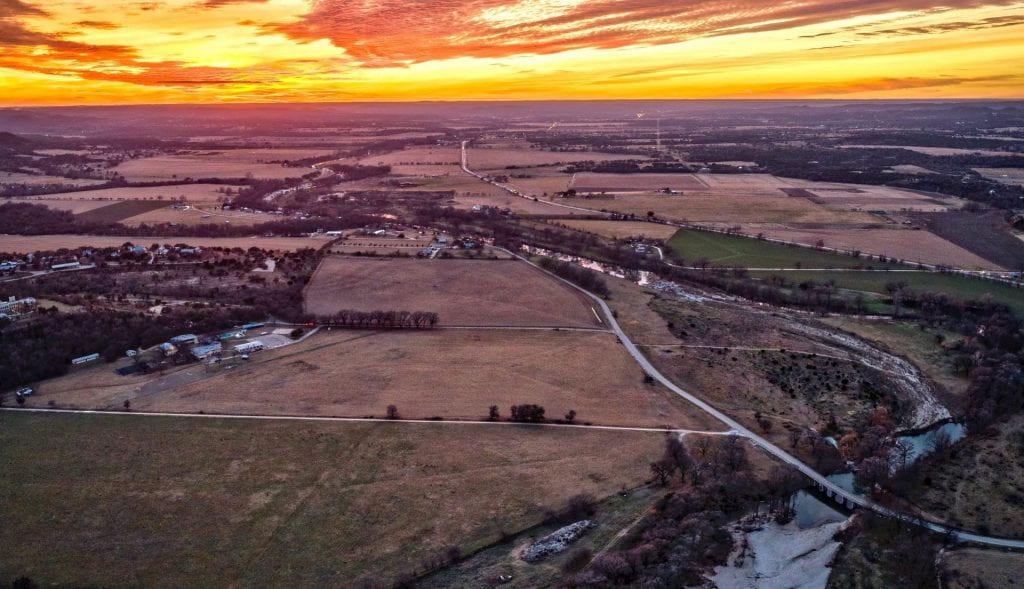With 38 public universities and 35 private colleges and universities in the state and many more across the country (and the world) interested in Texas, there’s a great deal of academic scholarship focused on water in the Lone Star State. In this column, I provide brief summaries to several recent academic publications on water in Texas.

Let’s start thinking about water!
Motives for Citizen Science Program Participation and the Role of the Organization: Lessons from Water Quality Monitors in Texas

Lopez uses the Texas Stream Team citizen science program and a dispositional-organizational interactions framework to assess how sociodemographics are related to organizational efficacy, results, and recognition. To do this, Lopez surveyed 327 participants to assess motivation factors related to value expression, knowledge attainment, personal enhancement, career advancement, and social exchange.
Wanting to help the environment was the most prevalent motivator for citizens scientists with contributing to science scoring high as well. College students, non-governmental organization/nonprofit employees, and those employed in the environmental field listed social exchange as a high motivator.
Those with career advancement as a motivator were nonwhite, college students, lower-income earners, employed in the environmental field, and younger (less than 45 years old). About 85% of those interviewed were “white alone” which is higher than the demographics in Texas (41%) and consistent with fewer non-whites in environmental jobs. Lopez suggests studies into how race/ethnicity in citizen science leadership affects participation.
Citation
Lopez, C., 2021, Motives for Citizen Science Program Participation and the Role of the Organization: Lessons from Water Quality Monitors in Texas: Citizen Science Theory and Practice, v. 6, n. 1, p. 1-22, DOI: https://doi.org/10.5334/cstp.341
Monthly River Flows in Texas For Natural and Developed Conditions

Guadalupe River Texas Sunset By Ryan Conine
In this overview paper, Wurbs—the godfather of Texas’ water availability models—provides an overview of the models as well as a general overview of the dynamics of naturalized and post-naturalized flows in Texas. Wurbs points out the variability of surface-water flows in Texas tied to variability in weather and notes that “[l]arge volumes of reservoir storage are essential for developing supplies with acceptable levels of reliability.” He notes that human impacts on low flows is typically different than impacts on high flows where dams reduce flood flows but may increase low flows, especially close to the dam.
Citation
Wurbs, R.A., 2021, Monthly river flows in Texas for natural and developed conditions: Water Cycle, v 2, p 1-14, https://doi.org/10.1016/j.watcyc.2020.10.001
Watershed-Scale, Probabilistic Risk Assessment of Water Resources Impacts from Climate Change

Dolan Falls in December By Rod Gardner
Climate change giveth and climate change taketh. On one hand, increased temperatures increase evapotranspiration, but on the other hand, even if rainfall remains the same, increased intensity of storms may result in more runoff and perhaps more recharge. Martin uses probabilistic models to see what climate change might mean to the Dolan Creek Watershed in Val Verde County when assuming 3 degrees Celsius warming between 2011 and 2100 and the same rainfall amount, something that is generally projected for Texas.
He also dwells a bit on “synthetic drizzle.” In the end, Martin concludes that, in this semi-arid locale, the climate change scenarios he looked at do not portend changes in runoff and recharge because (1) it’s already hot and dry in the Dolan Creek area and (2) any changes do to hotter and drier conditions are offset by increased rainfall intensity. He notes that future work needs to involve sites with different characteristics. Nonetheless, it’s interesting that dry going drier with more intense storms may be, in the end, a wash for water resources.
Citation
Martin, N., 2021, Watershed-Scale, Probabilistic Risk Assessment of Water Resources Impacts from Climate Change: Water, v 13, n 40, https://doi.org/10.3390/w13010040


Texas is blessed with water resources, natural beauty, but also too many people that want to live and make lives in the State. Since my grad student days and the 1970 Texas Water Plan, it’s obvious more so now with undeniable climate change that our future demands a more serious look at water resources & State water laws and public education!